#phoenicians
Text
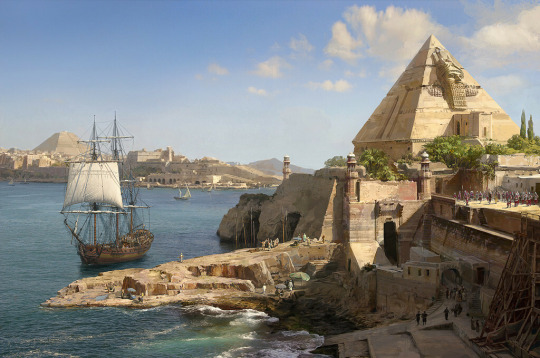
The sister cities of Tyre and Sidon, Phoenicia by Sasha Beliaev
#tyre#sidon#phoenicia#maritime#port#harbour#art#sasha beliaev#ports#harbours#phoenician#phoenicians#mediterranean#eastern mediterranean#levant#ships#ship#biblical#bible#history#antiquity#architecture#boat#boats#sailing#sea#seaport
183 notes
·
View notes
Photo
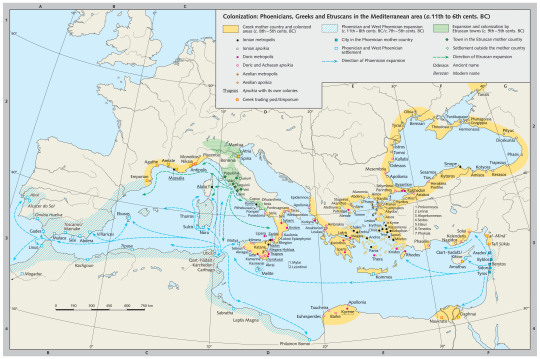
Phoenician, Greek, and Etruscan colonization in the Mediterranean, 11th-6th century BC.
124 notes
·
View notes
Text
Time Travel Question : Medievalish History 8 and Earlier
These Questions are the result of suggestions from the previous iteration.
This category may include suggestions made too late to fall into the correct earlier time grouping. Basically, I'd already moved on to human history, but I'd periodically get a pre-homin suggestion, hence the occasional random item waaay out of it's time period, rather than reopen the category.
In some cases a culture lasted a really long time and I grouped them by whether it was likely the later or earlier grouping made the most sense with the information I had. (Invention ofs tend to fall in an earlier grouping if it's still open. Ones that imply height of or just before something tend to get grouped later, but not always. Sometimes I'll split two different things from the same culture into different polls because they involve separate research goals or the like).
Please add new suggestions below if you have them for future consideration. All cultures and time periods welcome.
#Neolithic#Anatolian#Ancient World#Bible#Isaiah#Prophets#Phoenicians#Proto-Ancient Religion#Pre-Mamluk#Hinduism#History of Religion#History of India#Middle Ages#Religious History#The Pictish Beast#Picts#History of Music#Cathedrals#1000 BCE#Ancient Israel#Slavic People#100 BCE#Petroglyphs#Paleolithic
55 notes
·
View notes
Photo

A Phoenician bowl with a hunting scene, 700s BCE. In the center of the bowl, a man battles a lion. In outer rings, we can see ducks, horses, and finally armed men, perhaps hunters. The artistic style combines the two main influences on the Phoenicians, Egypt and Mesopotamia.
{WHF} {Ko-Fi} {Medium}
557 notes
·
View notes
Text
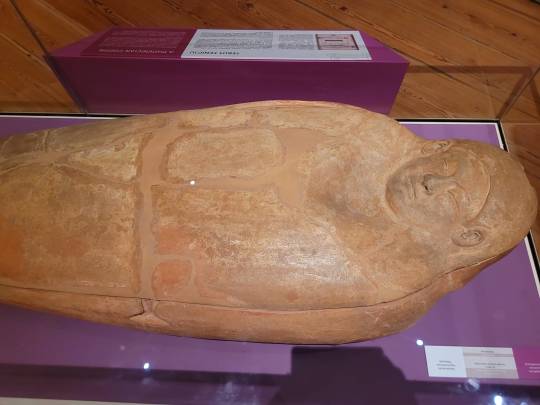
Phoenician terracotta sarcophagus dating to the 6th century BCE, one of three found at Ghar Barka, Rabat, Malta, in the early 20th century. Now in the National Museum of Archaeology, Valletta.
#art#art history#ancient art#Punic art#Phoenician art#Phoenicians#Maltese art#Malta#sarcophagus#ceramics#terracotta#archaeology#NMA Valletta
125 notes
·
View notes
Text
The ancient city of Great Zimbabwe was long believed to the work of a mythical white civilization. Thankfully, in recent years this racist narrative has been rewritten.
34 notes
·
View notes
Text

The Hippocampus was known in various forms to many ancient civilizations. In Ancient Greek myths, they were the mounts of Nereids and gods.
#hippocampus#sea horse#mythical creatures#greek mythology#roman mythology#mythological creatures#phoenician mythology#phoenicians#Etruscan#pictish#magical world#sea magic#sea nymph#alteredai#nereid#poseidon#mythical sea creatures
9 notes
·
View notes
Text

Sea Shell With Carved Head At The Apex (Probably Phoenician, 600 BC).
13 notes
·
View notes
Text
Phoenician Alphabet, The First True Alphabet
Phoenician alphabet, the first true alphabet, the ultimate ancestor of most modern scripts like Greek, Latin, Hebrew and Arabic alphabets. It has 22 letters, all consonants (it's actually an abjad) and written from right-to-left horizontally.

The Phoenician alphabet is a direct descendant of the Proto-Sinaitic alphabet. Developed by the Phoenicians and thanks to their trade especially maritime trade, it spread across West Asia and Mediterranean, making it the most widely used alphabet at that time.
Maybe this is subjective but this alphabet has a big influence, especially two of its derivative variants, Greek and Aramaic. Its simplicity makes it easy to learn and widely adapted. It's the most well-known and valuable heritage of the Phoenicians, thanks to them.
The Greeks modified the Phoenician alphabet, especially by adding vowels, thus creating the Greek alphabet. The Etruscans modified the Greek alphabet (specifically the Euboean Greek alphabet) and creating Etruscan alphabet which is the direct ancestor of Latin alphabet.
The earliest inscriptions of this alphabet date from around the 12th or 11th century BCE. Many come from Byblos, Lebanon and Carthage. This was used to write Phoenician, Punic, Old Aramaic, Ammonite, Moabite, Edomite, Hebrew and Old Arabic.
The use of the Phoenician alphabet proper (the original alphabet, not modified) began to disappear in the 1st century BCE especially after the destruction of Carthage. Derivatives of this alphabet elsewhere at that time were used by many languages.
In the photo I wrote the Phoenician alphabet on paper along with the names of the letters and their transcription. Sorry if the writing seems stiff. Again, thanks to Phoenicians for this.
Taken on Saturday, 24 February, 2024 at 02:37 with Samsung Galaxy A10s.
#sofiaflorina#phoenicians#phoenician alphabet#alphabet#writing system#linguistics#linguistic studies#linguistics tag#historical linguistics#language#languages#history#greek#latin#hebrew#aramaic#arabic#carthage#proto sinaitic#greeks#etruscan#polyglot#polyglots#language learner#language stuff#language learning#langblog#langblr#langbr#language blog
11 notes
·
View notes
Text
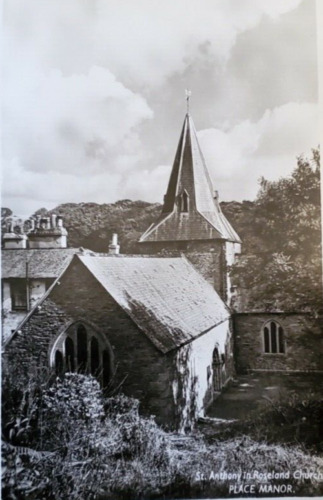
Writing about the Church of St. Anthony in Roseland, England.
In dismantling the old Saxon tower to install a steeple about a hundred years ago, the old bell crashed down, smashing the tiles in front of the altar. When examined by experts, it was found that the bell was not even scratched, and was apparently made of wrought bronze, harder than tempered steel. The last people knowing the secret formula for this hardest metal were Priests of Ammon. The bell could have been brought to Cornwall by the Phoenicians. It was reinstalled in the steeple and remains there still. Its note is ‘G’, and unlike other bells it never varies, is never re-cast, and does not fade in semitones.
Kay Paulton
26 notes
·
View notes
Photo
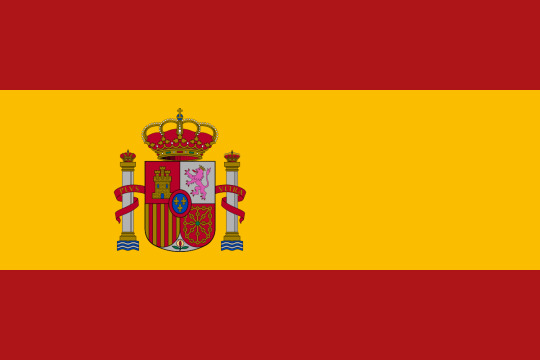

Why is Spain called Spain (Espagna)?
The ancient Phoenicians who arrived to trade with the peoples of the peninsula called it Sphaniam (land of rabbits), the Greeks that arrived to trade with our city states called it Iberia for the river Iber who is a plentiful large river with a large delta at the end. The Greeks eventually adopted Spania for the place and Iberians for the people. Later the Romans took the name into Latin Hispania. Hispania became España in Spanish and Espagne in French, Espagne became Spain imported to English.
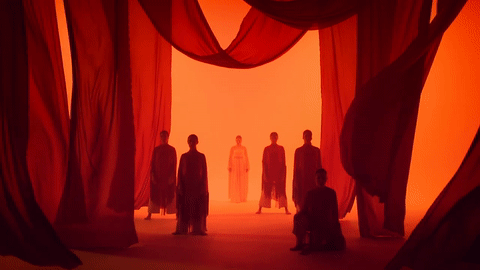
#sphaniam#espana#espagne#spain#english#french#hispania#romans#latin#greeks#helen#iberia#iber#phoenicians#europeans#western european#western europe#europe#europa
24 notes
·
View notes
Text
Jezabel/Jezebel





#history#Jezabel#Jezebel#Serie#women in the bible#Women#mujeres de la historia#Mujeres en la biblia#phoenicians#Phoenician women#Princess#Reina#Queen#Lidi lisboa#serie brasileira#brazilian serie#brazilian actress#Brazil#Brasil#Wife of king Acabe#🐍🥀❤️🔥👑
23 notes
·
View notes
Photo

The Phoenician world, 8th century BC.
by LegendesCarto
99 notes
·
View notes
Text






Working hard or hardly working ? recently for me i’ve been working hard at classes but hardly working at art. So here’s a doodle dump to let people know i’m living. here r my ocs inspired by classical texts anddd phoenicians (wahoo yippee the phoenicians)
5 notes
·
View notes
Text

The "Nora Stone," the oldest Phoenician inscription outside of the Phoenician homeland in the Middle East, found in Sardinia in 1773, where it had been used as part of a wall. It dates to around 800 BCE. The stone commemorates a military man's safe arrival in Sardinia. It reads:
From Tarshish he was driven; in Sardinia he found refuge, his forces found refuge; Milkuton son of Shubon the commander. To the god Pmy.
{WHF} {Ko-Fi} {Medium}
311 notes
·
View notes
Photo

“Apart from what separates them (which is not negligible), [European nations] are heirs of a common cultural matrix, which is at least five thousand years old".
- Alain de Benoist.
#europe#indo-european#alain de benoist#zeus#European myths#European symbols#traditionalism#rape of europe#sidon#bull#crete#poseidon#jupiter#Sodonia#kidnapping of europe#rubens#goya#phoenicians#greek mythology#minos#Astarte#heracles#minotaur#herodotus
53 notes
·
View notes